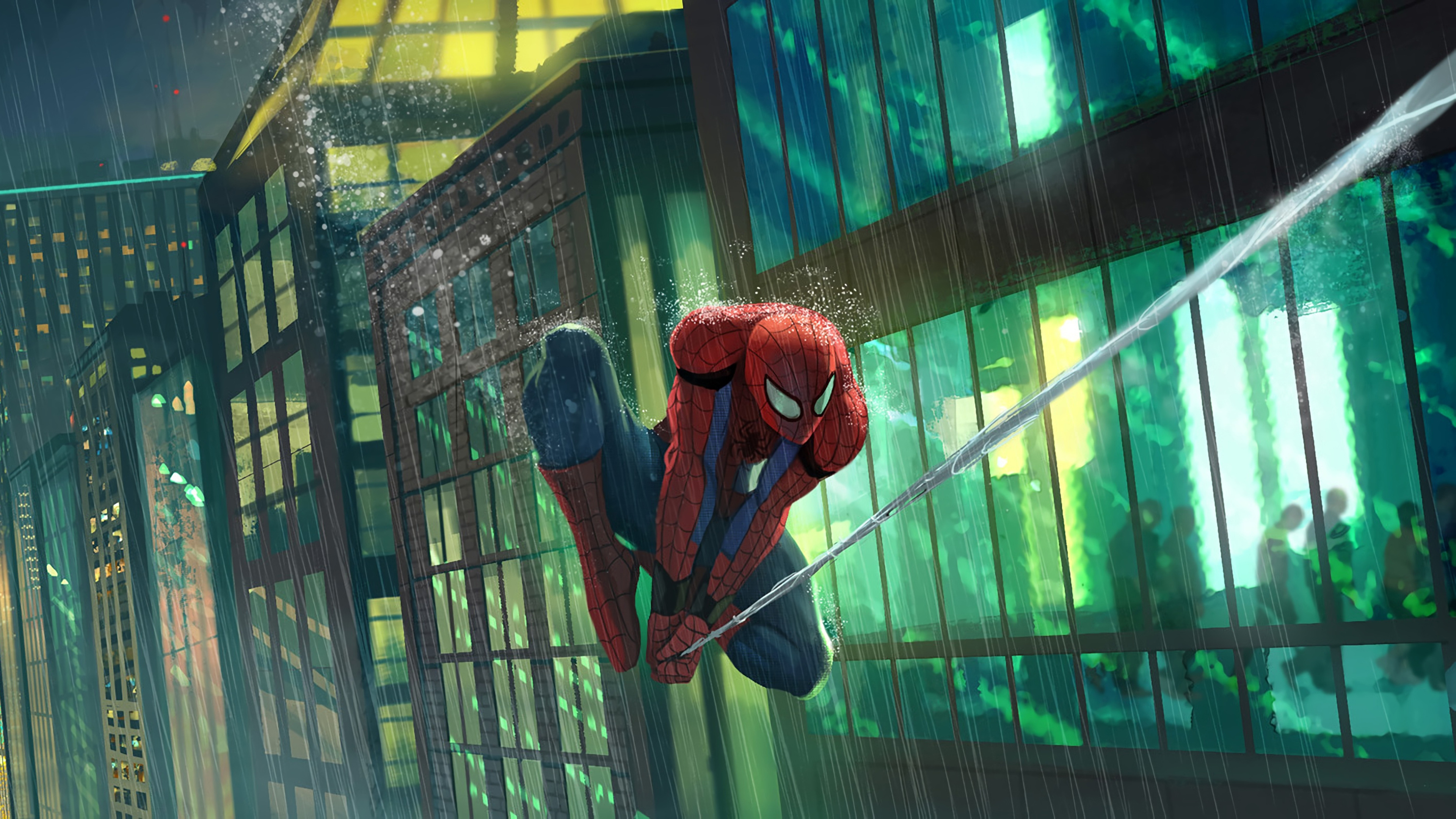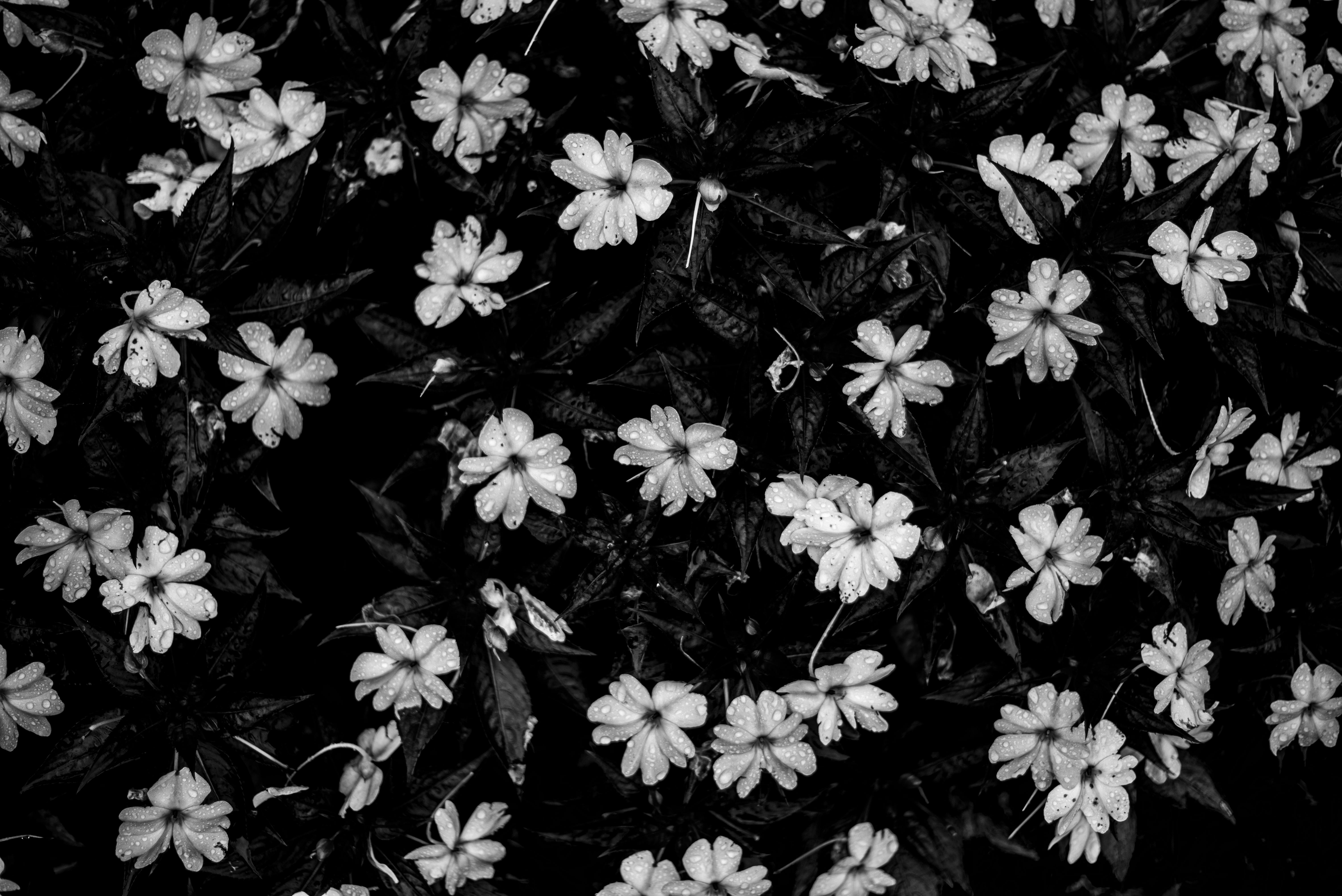Sophie Rain Spider: Unveiling The Mysteries Of A Unique Creature
When you think about spiders, you probably imagine something creepy-crawly that gives you the heebie-jeebies. But have you ever heard about the Sophie Rain Spider? This fascinating creature is more than just another bug—it’s a marvel of nature that’s turning heads in the scientific community and beyond. If you’re ready to dive into the world of arachnids, this article is your ultimate guide to understanding what makes Sophie Rain Spiders so special.
Now, before you freak out, let me tell you something cool about these spiders. They’re not your average eight-legged freaks. The Sophie Rain Spider is a relatively new discovery, and it’s already making waves in the world of biology. Scientists are geeking out over its unique characteristics, and even people who aren’t into bugs are getting curious. So, whether you’re a hardcore arachnophile or just someone who’s mildly interested in the wonders of nature, this is the article for you.
As we dig deeper into the world of Sophie Rain Spiders, you’ll discover why they’re such a big deal. From their incredible survival skills to their role in the ecosystem, there’s so much to learn. And hey, if you’re scared of spiders, don’t worry—this article might just change your mind about them. So, buckle up and get ready for an adventure into the fascinating world of Sophie Rain Spiders!
- Livvy Dunne Deepfakes Unveiling The Truth Behind The Viral Sensation
- Donny Deutsch And Marla Maples The Untold Story Youve Been Waiting For
What Exactly is a Sophie Rain Spider?
The Sophie Rain Spider, also known by its scientific name *Arachne sophiarainae*, is a recently discovered species that’s native to the lush rainforests of Southeast Asia. These spiders are medium-sized, with a body length of about 2 to 3 inches, and they have a distinctive golden-brown color that helps them blend into their surroundings. Unlike most spiders, which are nocturnal, Sophie Rain Spiders are active during the day, making them easier to spot if you know where to look.
One of the most fascinating things about Sophie Rain Spiders is their behavior. They’re incredibly intelligent and have been observed using tools to catch prey, which is rare in the animal kingdom. For example, they’ve been seen using leaves as makeshift shields to protect themselves from predators. This level of sophistication has left scientists scratching their heads and wondering how such a small creature can be so advanced.
Where Do Sophie Rain Spiders Live?
If you’re wondering where to find Sophie Rain Spiders, the answer is simple: they thrive in tropical rainforests. Specifically, they’re most commonly found in the dense jungles of Thailand, Malaysia, and Indonesia. These areas provide the perfect environment for them, with high humidity levels and plenty of vegetation to hide in. Plus, the abundance of insects in these regions ensures that they never go hungry.
- Mckinley Richardson Onlyfans The Rising Stars Journey And Insights
- Nieces Day 2024 A Celebration Of Love Bonding And Cherished Memories
Interestingly, Sophie Rain Spiders are also known to adapt to urban environments. In some cities in Southeast Asia, they’ve been spotted living in gardens and even inside homes. This adaptability is one of the reasons why they’ve managed to survive and thrive despite human encroachment on their natural habitats.
Biography of Sophie Rain Spider
Now, let’s take a closer look at the life of a Sophie Rain Spider. From birth to adulthood, these creatures go through a fascinating transformation that’s worth exploring.
Lifecycle of Sophie Rain Spider
Sophie Rain Spiders start their lives as tiny eggs, which are carefully guarded by their mother. Once they hatch, the spiderlings are on their own, but they quickly learn how to survive in their environment. As they grow, they molt several times, shedding their exoskeleton to make room for their expanding bodies. By the time they reach adulthood, they’re fully equipped to take on the challenges of the rainforest.
Here’s a quick breakdown of their lifecycle:
- Egg Stage: The mother lays her eggs in a safe location, often under leaves or in hollow tree trunks.
- Spiderling Stage: After hatching, the spiderlings are on their own, but they’re already capable of hunting small insects.
- Juvenile Stage: As they grow, they molt several times, each time becoming bigger and stronger.
- Adult Stage: Once they reach adulthood, Sophie Rain Spiders are fully grown and ready to start their own families.
Why Are Sophie Rain Spiders Important?
Sophie Rain Spiders play a crucial role in their ecosystems. As predators, they help control the population of insects, which can be both beneficial and harmful to humans. For example, they eat mosquitoes and other pests that spread diseases, making them natural allies in the fight against malaria and dengue fever. At the same time, they also prey on beneficial insects like bees, which can have a negative impact on pollination.
But it’s not just about their role in the ecosystem. Sophie Rain Spiders are also important for scientific research. Their unique behaviors and adaptations have the potential to teach us a lot about evolution and survival. Who knows? One day, we might even be able to apply what we learn from them to solve real-world problems.
Ecological Impact of Sophie Rain Spiders
When it comes to the environment, Sophie Rain Spiders are both predators and prey. They hunt a variety of insects, but they’re also hunted by larger animals like birds and reptiles. This balance is essential for maintaining the health of the rainforest ecosystem. Without predators like Sophie Rain Spiders, insect populations could spiral out of control, leading to all sorts of problems.
Here are some key points about their ecological impact:
- They help control insect populations, preventing outbreaks of pests.
- They provide food for larger animals, maintaining the food chain.
- They contribute to the biodiversity of the rainforest, making it a richer and more complex environment.
Are Sophie Rain Spiders Dangerous?
One of the most common questions people ask about Sophie Rain Spiders is whether they’re dangerous. The short answer is no, they’re not. While they do have venom, it’s not strong enough to harm humans. In fact, their bites are usually no worse than a bee sting. However, if you’re allergic to insect bites, it’s probably best to steer clear of them just to be safe.
That being said, Sophie Rain Spiders are not aggressive creatures. They prefer to avoid confrontation and will only bite if they feel threatened. So, if you happen to come across one in the wild, the best thing to do is give it some space and let it go about its business.
Myths About Sophie Rain Spiders
There are a lot of myths and misconceptions about Sophie Rain Spiders, and it’s time to set the record straight. For example, some people believe that they’re highly venomous and can kill humans with a single bite. This is simply not true. Others think that they’re aggressive and will attack without provocation, which is also false. The truth is, Sophie Rain Spiders are fascinating creatures that deserve our respect and admiration, not our fear.
How to Identify a Sophie Rain Spider
So, how do you know if you’ve found a Sophie Rain Spider? There are a few key characteristics to look out for. First, they have a distinctive golden-brown color that helps them blend into their surroundings. Second, they’re medium-sized, with a body length of about 2 to 3 inches. Finally, they have a unique pattern on their abdomen that looks like a series of concentric circles.
Here’s a quick guide to identifying Sophie Rain Spiders:
- Look for their golden-brown color and distinctive pattern.
- Check their size—medium-sized with a body length of 2 to 3 inches.
- Observe their behavior—they’re active during the day and often use tools to catch prey.
Common Misidentifications
It’s easy to confuse Sophie Rain Spiders with other species, especially if you’re not familiar with them. For example, they’re often mistaken for huntsman spiders, which are similar in size and color. However, there are a few key differences to look out for. Huntsman spiders are usually larger and have a more aggressive demeanor, while Sophie Rain Spiders are smaller and more docile.
Conservation Status of Sophie Rain Spiders
Unfortunately, like many other species, Sophie Rain Spiders are under threat due to habitat loss and climate change. As humans continue to encroach on their natural habitats, these incredible creatures are finding it harder and harder to survive. That’s why it’s so important to raise awareness about their plight and take steps to protect them.
Here are some ways you can help:
- Support conservation efforts in Southeast Asia, where Sophie Rain Spiders are most commonly found.
- Reduce your carbon footprint to help combat climate change.
- Spread the word about the importance of biodiversity and the role that Sophie Rain Spiders play in their ecosystems.
Threats to Sophie Rain Spider Populations
The biggest threats to Sophie Rain Spider populations are habitat loss and climate change. As rainforests are cleared for agriculture and urban development, these spiders are losing the places they call home. Additionally, rising temperatures and changing weather patterns are making it harder for them to survive. If we don’t act quickly, we risk losing these incredible creatures forever.
Fun Facts About Sophie Rain Spiders
Now that you know all about Sophie Rain Spiders, here are a few fun facts to leave you with:
- They’re one of the few spider species known to use tools.
- They’re active during the day, unlike most other spiders.
- They have a unique pattern on their abdomen that looks like a series of concentric circles.
- They’re not dangerous to humans, despite popular myths.
- They play an important role in their ecosystems by controlling insect populations.
Conclusion
In conclusion, Sophie Rain Spiders are truly remarkable creatures that deserve our attention and respect. From their incredible survival skills to their role in the ecosystem, there’s so much to learn about these fascinating arachnids. By raising awareness about their importance and taking steps to protect them, we can ensure that they continue to thrive for generations to come.
So, what do you think? Are you ready to become a Sophie Rain Spider enthusiast? Leave a comment below and let us know what you thought of this article. And don’t forget to share it with your friends and family so they can learn about these amazing creatures too!
Table of Contents
- What Exactly is a Sophie Rain Spider?
- Where Do Sophie Rain Spiders Live?
- Biography of Sophie Rain Spider
- Lifecycle of Sophie Rain Spider
- Why Are Sophie Rain Spiders Important?
- Ecological Impact of Sophie Rain Spiders
- Are Sophie Rain Spiders Dangerous?
- Myths About Sophie Rain Spiders
- How to Identify a Sophie Rain Spider
- Common Misidentifications
- Conservation Status of Sophie Rain Spiders
- Threats to Sophie Rain Spider Populations
- Fun Facts About Sophie Rain Spiders
- Conclusion
- Xxxtentacion Number The Untold Story Behind The Iconic Artists Legacy
- Camila Onlyfans The Ultimate Guide To Her Journey Content And Success

Sophie Rain Spider Man Leaks

Sophie rAiN 🌧️ spider man video r/sophierainleakof

Sophie Rain Photos, Download The BEST Free Sophie Rain Stock Photos